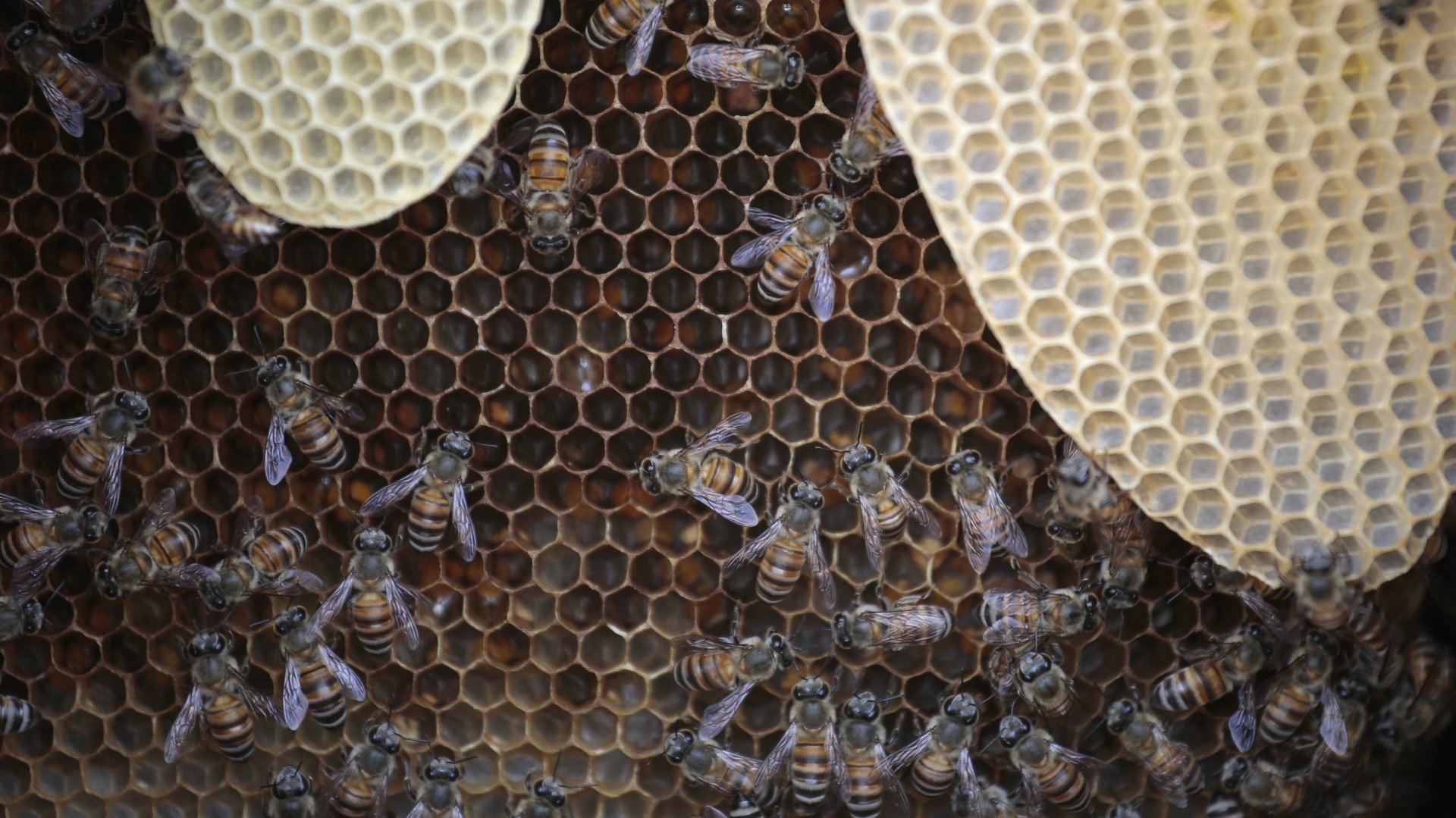Trypophobia—the fear of holes—may not be a real phobia
The world of phobias is as broad as it is bizarre.


The world of phobias is as broad as it is bizarre.
Euphobia is the fear of good news. Ergophobia is fear of the workplace. And phobophobia is the fear of phobias. Some people are even fearful of going to the dentist.
Thanks to new research out of Emory University in Atlanta, Georgia, scientists are poised to disprove one supposed phobia altogether.
As it turns out, trypophobia—described as a fear of a cluster of small holes—may not be triggered by fear at all. In fact, new research published in open-access journal PeerJ shows that self-described trypophobes are actually disgusted by holes, not afraid.
It’s a narrow distinction that does more than possibly disprove yet another phobia. The finding gives scientists a new perspective on the wide-open question of how humans evolved to evade danger and protect themselves. The sight of a poisonous snake or spider often elicits feelings characterized as fear. It’s the body’s way of telling you to avoid those creatures because of the risk getting bitten.
Likewise, the reaction to clustered holes can also be the body’s way to telling us to avoid something—only the new findings say the feelings of disgust are more closely rooted to our aversion to rotten food or people who are visibly sick. In other words, humans—particularly self-proclaimed trypophobes—may associate holes with the source of disease. When animals feel fear, it often triggers a so-called “fight or flight” reaction and a higher heart rate. But feelings of disgust slow the heart rate and breathing—which researchers associated with caution.
The researchers were able to study the subject by looking at the pupillary response two groups of about 40 people had to certain images. When people see different things and experience feelings such as fear and disgust, their pupils involuntarily move in specific ways. So the scientists confronted their subjects with images of holes, spiders, and snakes, among other things. Self-described trypophobes experienced larger pupil-sized changes when faced with the image of holes. They were smaller when looking at images of snakes and spiders. The larger pupil-sized change is more consistent with feelings of disgust than fear.
“The result of this association may be a corresponding withdrawal response controlled by the parasympathetic nervous system,” the researchers write. “These data suggest that although a general aversion may be rooted in common visual spectral properties, the specific emotional response may reflect cognitive appraisal of image content.”
In other words, our brains have the ability to quickly distinguish something we see and judge how we should respond to that perceived threat based on its appearance alone. The evidence corresponds to a 2017 study out of the University of Kent in England. In that study, researchers found that trypophobia to be an overly generalized concept. They found people’s responses to images of lotus pods and honeycombs sparked more feelings of aversion than fear because they so closely resembled the sight of parasitic diseases and decomposition.